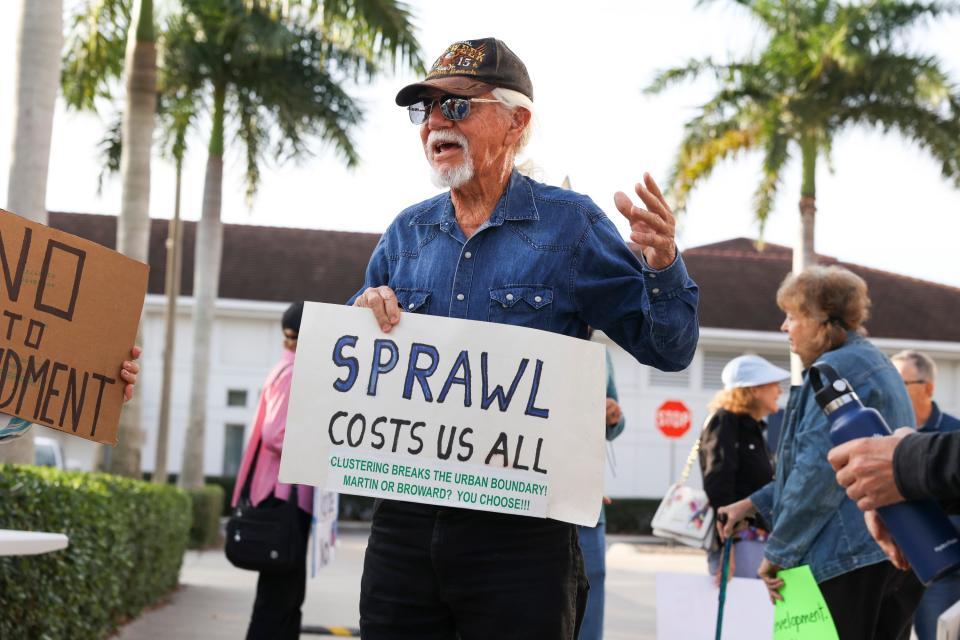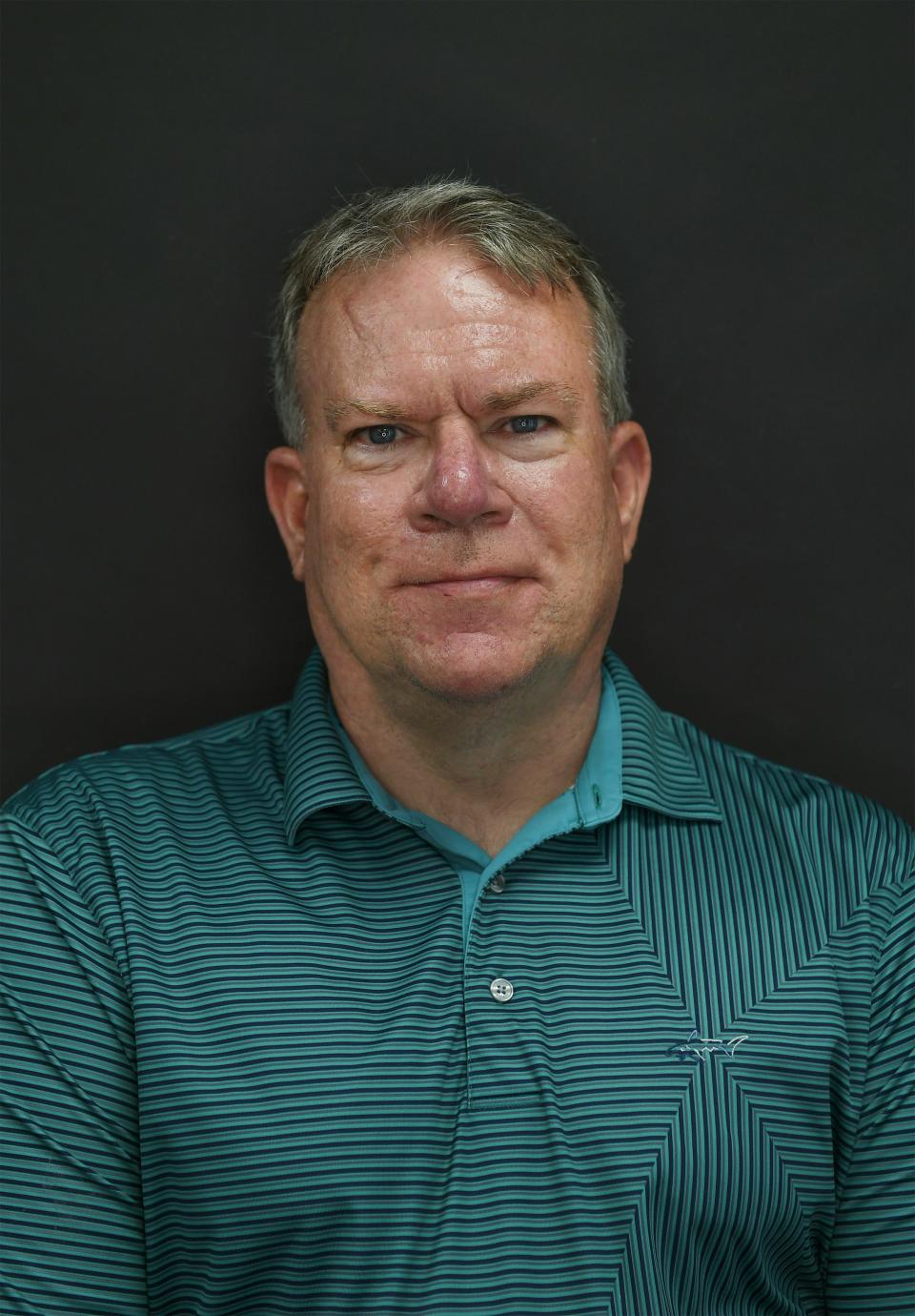Is trying to preserve rural lands in Martin, St. Lucie counties just a pipe dream?
I owe Martin County Commissioner Sarah Heard an apology.
Last year, after the commission voted, over her objections, to create a new land-use category called "rural lifestyle," there was talk about launching a comprehensive process to discuss how the county's rural lands should be developed.
Heard resisted having those discussions, and her colleagues on the commission abandoned the idea, at least temporarily.
At the time, I thought Heard was making a tactical mistake. I thought the process could lead to some constructive planning decisions, rather than allowing the western part of the county to be carved up on a piecemeal basis. I also thought that process would reveal the true agendas of those who want free and unfettered development from the beaches all the way to Lake Okeechobee.
However, in the wake of the commission's Dec. 5 vote to make the rural lifestyle land-use even easier for developers to utilize, I now realize what Heard saw back then.
The agendas are already clear. The majority of commissioners aren't interested in striking a balance between what current residents want and what developers want.
No sense negotiating against oneself
The Dec. 5 vote made abundantly clear those commissioners are going to give developers of western lands whatever they want, whenever they want it.
It's unwise to negotiate with people who are unwilling to make any concessions of their own.
I'm fearful, by the way, that may be happening already in St. Lucie County, where a review of the county's "towns, villages and countryside" land-use element is under way. That element essentially requires development in a large section of St. Lucie's western lands to cluster higher-density housing around town centers, with housing density gradually decreasing into "countryside" areas.
That type of design, which is popular with land planners worldwide, is intended to reduce car trips within urban clusters, while leaving surrounding property untouched or designated for less-intensive rural uses.
But I can foresee developers whining to county commissioners the land-use rules are too restrictive, impeding their ability to favor the Treasure Coast with more and more of the same cookie-cutter subdivisions found throughout the Sunshine State.
'Martin County Difference' is fading into folklore

So maybe it's a blessing in disguise if Martin County doesn't go through a sham process where its development rules are bound to only get weaker, not stronger. People talk about the "Martin County Difference," but that notion of limiting growth already seems to be out of political favor.
It was painful to listen to the discussion about the rural lifestyle amendment Dec. 5. The land-use adopted last year made it easier to develop in areas previously zoned for agricultural uses, provided the properties were adjacent to one of the county's designated urban service areas.
The amendment expands the concept further into the rural hinterlands, allowing more development within 6,000 feet of an urban service boundary, provided the tracts to be developed are at least 3,000 acres.
During the meeting, Heard got the county planning staff to admit there was no public policy rationale behind the change. It's just what the developer of the Calusa Creek Ranch project wants.
Commissioner Harold Jenkins, who joined Heard in voting against the amendment, acknowledged it wasn't a good planning practice to change a law just because one developer requested it.
Barn doors wide open for developers now

What happens next? It's just a matter of time before other developers come forward with more amendments tailored to allow them to do whatever the heck they want in the western areas.
At the Dec. 5 meeting, the Calusa Creek Ranch backers made the bogus argument their project, with hookups to water and sewer, would prevent the area from being developed with environmentally unfriendly septic tanks. They, and the commissioners, must be well aware of a new law that will require all properties to have sewer or greatly improved "nutrient reducing" septic systems by 2030.
The project's backers also said their project would add to the county's property tax base, which is a commonly used argument for any type of new development.
This point is highly debatable. Much has been said and written about whether growth actually pays for itself, when factoring in the cost of providing government services to the newly developed areas.
Giving new meaning to the term 'mobile home'

But let's say, for the sake of argument, that's correct. Calusa Creek Ranch and Atlantic Fields, which was approved in tandem with the original rural lifestyle rule, are both expected to be high-end golf course communities with expensive homes that could add substantially to the tax rolls.
By that logic, we want to keep that momentum going, by approving other upscale housing developments in that same area, right?
What that will do is drive up the costs of property elsewhere in the community, where adequate affordable housing is already lacking. Housing affordability will only become more of an issue if the western part of the county becomes a resort playground for the rich.
Consider what's happening in Sedona, a popular resort area in Arizona. Many of that community’s restaurant servers, housekeepers, landscapers, maintenance workers, cooks, cashiers and other service workers are forced to live in their cars because they can't afford housing there.
That's not some bleak, worst-case scenario. It's happening there right now.
Is that the kind of future we'd like to see anywhere on the Treasure Coast? I think most reasonable people would say no, but the actions of some of our elected officials are leading us straight down that path.
I think we can do better. But I don't trust this current bunch of county commissioners to get us there.
This column reflects the opinion of Blake Fontenay. Contact him via email at blake.fontenay@tcpalm.com or at 772-232-5424.
This article originally appeared on Treasure Coast Newspapers: Martin County Commission rural lifestyle vote foretells a bleak future

